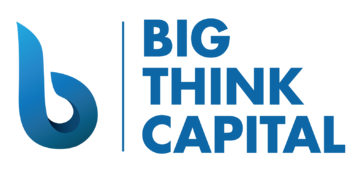The key to Invoice Factoring is to understand that invoices are, from an accounting standpoint, an asset. Any asset can be sold for all or a portion of its value. Because it’s a sale of an asset, rather than a loan, it can be a much easier and quicker way of accessing cash for your business.
In the case of Invoice Factoring, you sell your invoices to a third party who pays you cash for the value of those invoices, assuming that the customers for those invoices have good credit and a history of paying their bills. In a typical invoice factoring deal, you would receive 80% of the value of the invoices up front, often as quickly as one day from the request of funds, and the remaining 20%, minus the factoring fee, when the invoice is paid.
Once you’ve established a relationship with a factoring purchaser, Invoice Factoring works very much like a line of credit, with the amount of funds available to you being tied to the current total of your verifiable accounts receivable. Factoring can be an excellent financing option for companies where operating needs occur out of sync with customer payments.


